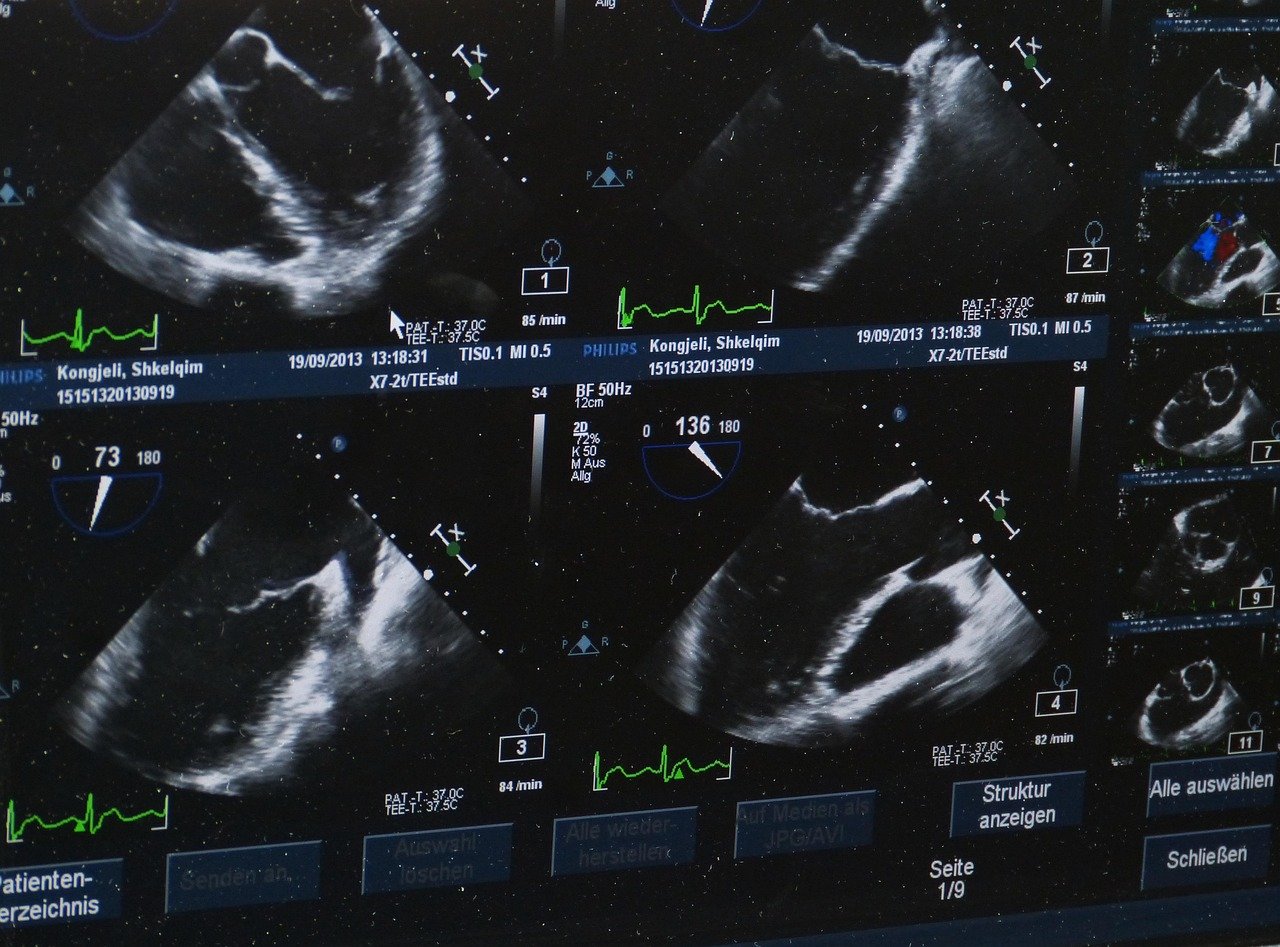In the healthcare field, medical imaging plays a crucial role in diagnosing and monitoring patient conditions. When exploring career options in this sector, many students and professionals often compare the roles of ultrasound tech vs radiology tech. While both positions involve imaging and patient care, there are significant differences in job responsibilities, training requirements, and work environments. Understanding these differences is essential for making informed career decisions.
What is an Ultrasound Tech?
An ultrasound tech, also known as a diagnostic medical sonographer, specializes in using high-frequency sound waves to create images of internal organs, tissues, and blood flow. These professionals work closely with physicians to provide crucial diagnostic information. Common areas of focus include obstetrics, cardiology, and abdominal imaging. Ultrasound techs must have a deep understanding of human anatomy and physiology, as well as proficiency in using sonography equipment.
Also, explore about vortalzure3.0.0.7 software now A Complete Informational Guide
Key Responsibilities of an Ultrasound Tech
- Conducting diagnostic ultrasound procedures for patients of all ages.
- Preparing patients for imaging, explaining procedures, and ensuring comfort.
- Analyzing images and providing preliminary reports to physicians.
- Maintaining and calibrating ultrasound equipment.
- Adhering to safety and regulatory standards in medical imaging.
What is a Radiology Tech?
A radiology tech, also called a radiologic technologist, operates imaging equipment such as X-ray, CT, MRI, and mammography machines to capture images of the body for diagnostic purposes. Radiology techs often work in hospitals, imaging centers, and clinics, assisting radiologists in diagnosing injuries, diseases, and abnormalities. Unlike ultrasound techs, radiology techs primarily use ionizing radiation to produce images.
Key Responsibilities of a Radiology Tech
- Performing diagnostic imaging procedures using X-ray, CT, or MRI technology.
- Positioning patients correctly to obtain accurate images.
- Ensuring patient safety, especially concerning exposure to radiation.
- Collaborating with radiologists to interpret and evaluate imaging results.
- Maintaining imaging equipment and keeping accurate patient records.
Ultrasound Tech vs Radiology Tech: Key Differences
| Feature | Ultrasound Tech | Radiology Tech |
| Imaging Method | Uses high-frequency sound waves | Uses ionizing radiation (X-rays, CT, MRI) |
| Education | Typically requires an associate degree in diagnostic medical sonography | Often requires an associate or bachelor’s degree in radiologic technology |
| Specialization Areas | Obstetrics, cardiology, vascular imaging | X-ray, CT, MRI, mammography, nuclear medicine |
| Patient Interaction | High – explains procedures and monitors patient comfort | Moderate – mainly for positioning and imaging guidance |
| Radiation Exposure | No radiation exposure | Involves exposure to ionizing radiation |
| Work Environment | Hospitals, clinics, private practices | Hospitals, imaging centers, outpatient facilities |
Skills and Qualifications
Both ultrasound tech vs radiology tech require a combination of technical knowledge and interpersonal skills. Essential skills include:
- Attention to Detail: Critical for accurate imaging and diagnostics.
- Patient Care Skills: Comforting and assisting patients during procedures.
- Technical Proficiency: Operating complex imaging equipment efficiently.
- Analytical Abilities: Evaluating images for abnormalities or issues.
- Communication Skills: Reporting findings clearly to physicians and healthcare teams.
Career Outlook and Salary
Both careers offer strong growth potential in the healthcare industry. Ultrasound techs and radiology techs benefit from competitive salaries, flexible work schedules, and opportunities for specialization. According to industry reports:
- Ultrasound techs have a median salary range of $70,000-$85,000 annually.
- Radiology techs have a median salary range of $60,000-$80,000 annually.
The demand for skilled medical imaging professionals continues to rise due to an aging population and advancements in diagnostic technology.
FAQs
1. What is the main difference between ultrasound tech vs radiology tech?
Ultrasound techs use sound waves for imaging, while radiology techs use ionizing radiation such as X-rays and CT scans.
2. Which career requires less radiation exposure?
Ultrasound techs do not work with radiation, making it a safer option in terms of exposure.
3. What education is required for both careers?
Both typically require an associate degree, though radiology techs may also pursue a bachelor’s degree for advanced opportunities.
4. Can ultrasound techs specialize in areas like cardiology?
Yes, ultrasound techs can specialize in areas like cardiology, obstetrics, and vascular sonography.
5. Where do these professionals commonly work?
Ultrasound techs and radiology techs work in hospitals, clinics, outpatient imaging centers, and specialty medical practices.
Conclusion
Understanding ultrasound tech vs radiology tech is crucial for anyone considering a career in medical imaging. Both roles offer rewarding opportunities to contribute to patient care, but they differ in imaging techniques, patient interaction, and safety considerations. Ultrasound techs provide non-invasive imaging using sound waves, ideal for patient-focused specialties, while radiology techs utilize advanced radiation-based imaging technologies for a broader range of diagnostic applications. Choosing between the two depends on your interest in patient interaction, technology use, and career specialization, ensuring a fulfilling path in the healthcare sector.
